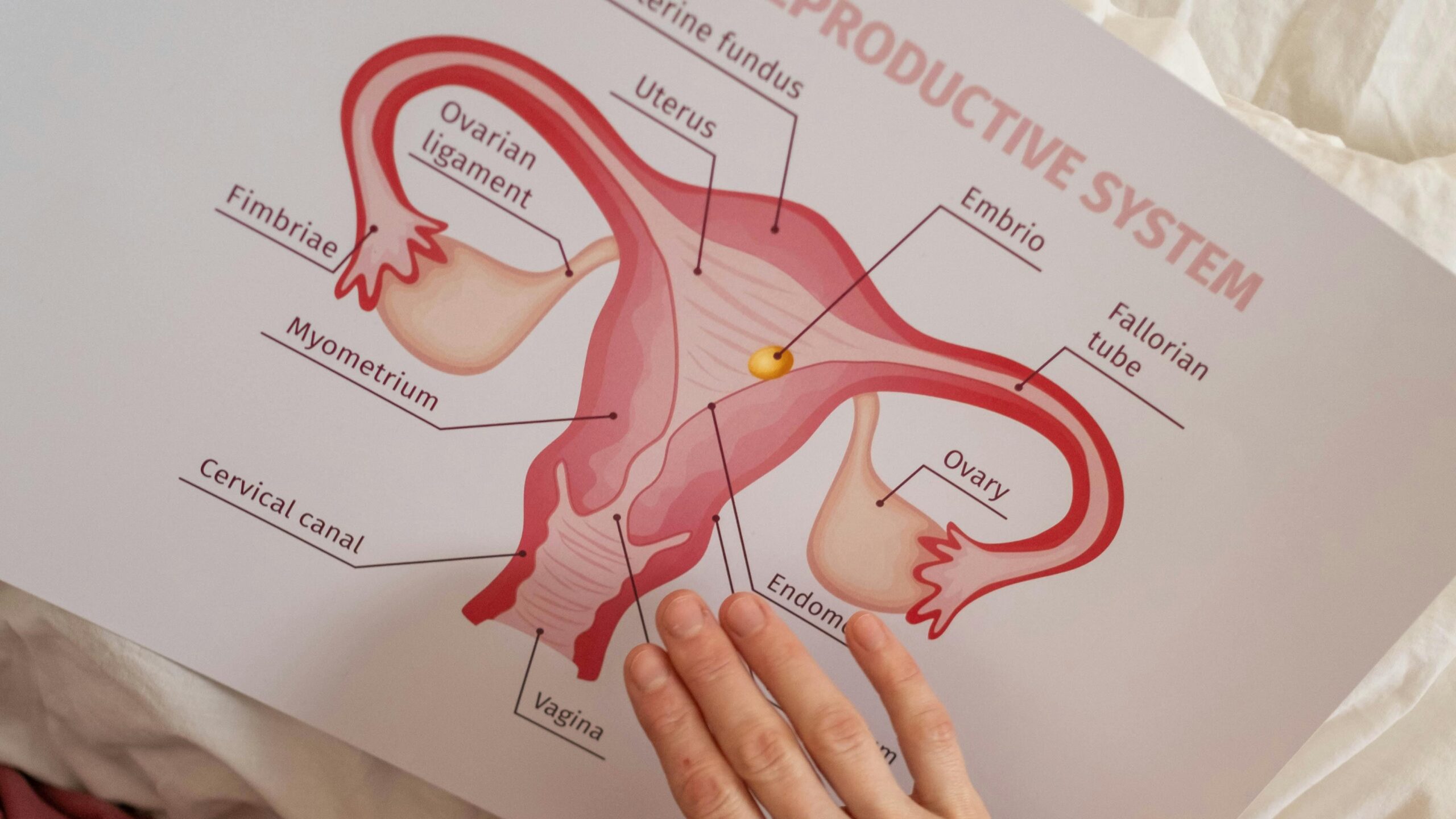Sexually transmitted infections (STIs) are among the most common health concerns worldwide, affecting millions of people every year. They can impact anyone, regardless of age, gender, or sexual orientation. Understanding how to recognize and manage STIs is essential for maintaining sexual health and preventing complications.
This article provides an overview of common STIs, their symptoms, and how to manage them effectively.
What Are STIs?
STIs, also known as sexually transmitted diseases (STDs), are infections transmitted through sexual contact. This includes vaginal, anal, and oral sex. Some STIs can also be spread through non-sexual means, such as sharing needles or during childbirth.
Common STIs and Their Symptoms
- Chlamydia
- Symptoms: Often asymptomatic, but may include pain during urination, abnormal discharge, and pelvic pain.
- Impact: Can lead to infertility if untreated.
- Treatment: Easily treated with antibiotics.
- Gonorrhea
- Symptoms: Discharge, painful urination, and, in some cases, no symptoms at all.
- Impact: Can spread to other parts of the body and cause serious complications.
- Treatment: Requires antibiotics; some strains may require specialized treatment due to resistance.
- Human Papillomavirus (HPV)
- Symptoms: Often no symptoms, but some strains cause genital warts or lead to cervical cancer.
- Impact: HPV is the leading cause of cervical cancer.
- Treatment: No cure, but vaccination and regular screenings can help manage risks.
- Herpes Simplex Virus (HSV)
- Symptoms: Painful blisters or sores around the mouth or genitals.
- Impact: Recurring outbreaks and emotional distress.
- Treatment: Antiviral medications can manage outbreaks but cannot cure the infection.
- HIV/AIDS
- Symptoms: Early stages may include flu-like symptoms, followed by years of no symptoms.
- Impact: Without treatment, HIV weakens the immune system and leads to AIDS.
- Treatment: Antiretroviral therapy (ART) helps manage the virus effectively.
- Syphilis
- Symptoms: Progresses through stages, starting with painless sores and potentially leading to severe organ damage if untreated.
- Impact: Can be fatal if left untreated.
- Treatment: Treated with antibiotics, typically penicillin.
- Trichomoniasis
- Symptoms: Itching, burning, and discharge, though many cases are asymptomatic.
- Impact: Increased risk of other STIs if untreated.
- Treatment: Easily treated with prescription medication.
How to Recognize STIs
While many STIs present clear symptoms, others can remain silent for years. Key signs to watch for include:
- Unusual discharge from the genitals
- Pain or burning during urination
- Itching or sores in the genital area
- Pain during intercourse
- Flu-like symptoms, such as fever or swollen glands
If you notice any of these signs, it’s important to seek medical advice promptly.
Preventing STIs
- Use Protection
Condoms and dental dams significantly reduce the risk of STIs. - Get Vaccinated
Vaccines are available for certain STIs, such as HPV and hepatitis B. - Regular Testing
Routine STI screenings are essential, especially if you have multiple partners or engage in unprotected sex. - Communicate Openly
Discuss sexual health with your partner and ensure both of you are aware of potential risks. - Limit Risky Behavior
Avoid sharing needles and ensure any tattoos or piercings are done in a clean, professional setting.
Managing STIs
- Early Detection
Regular screenings help detect STIs early, even when symptoms are absent. - Follow Treatment Plans
If diagnosed, follow your healthcare provider’s treatment plan. Completing prescribed medication is crucial, even if symptoms disappear. - Notify Partners
Inform sexual partners so they can also get tested and treated if necessary. - Ongoing Monitoring
Some STIs, like herpes and HIV, require ongoing management. Stay in touch with your doctor to monitor your health.
Breaking the Stigma Around STIs
Unfortunately, there is still a significant stigma surrounding STIs, which can prevent individuals from seeking the help they need. It’s important to remember that STIs are common, and seeking treatment is a responsible step toward protecting your health and the health of others.
When to See a Doctor
If you suspect you have been exposed to an STI or notice any unusual symptoms, consult a healthcare professional as soon as possible. Early diagnosis and treatment can prevent complications and improve outcomes.
Conclusion
Recognizing and managing common sexually transmitted infections is essential for maintaining good sexual health. By practicing safe sex, getting regular screenings, and seeking timely medical care, you can reduce your risk of STIs and ensure a healthier life.
Remember, sexual health is a vital part of your overall well-being. Stay informed, take proactive measures, and don’t hesitate to seek help when needed.
